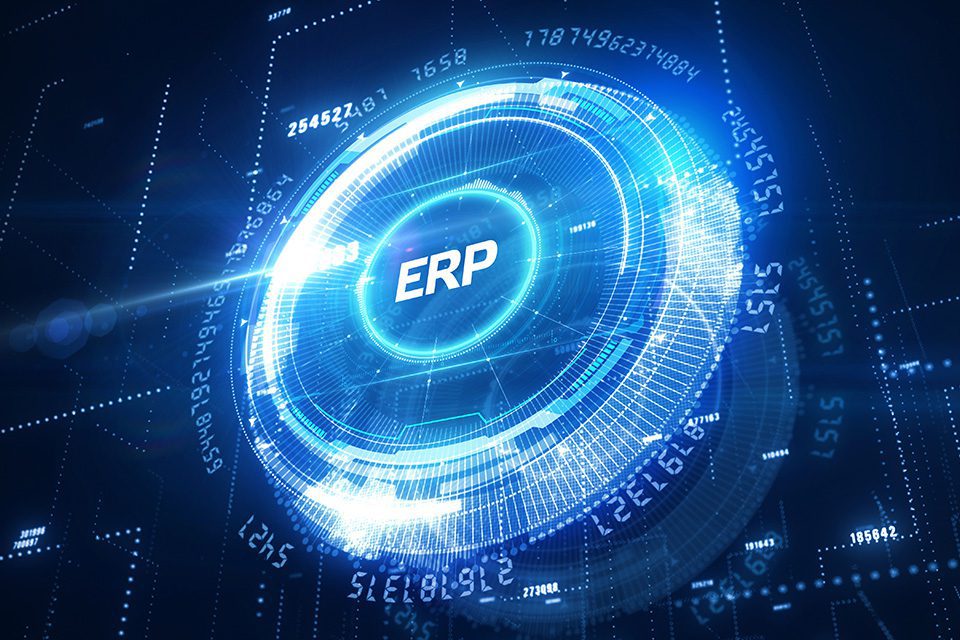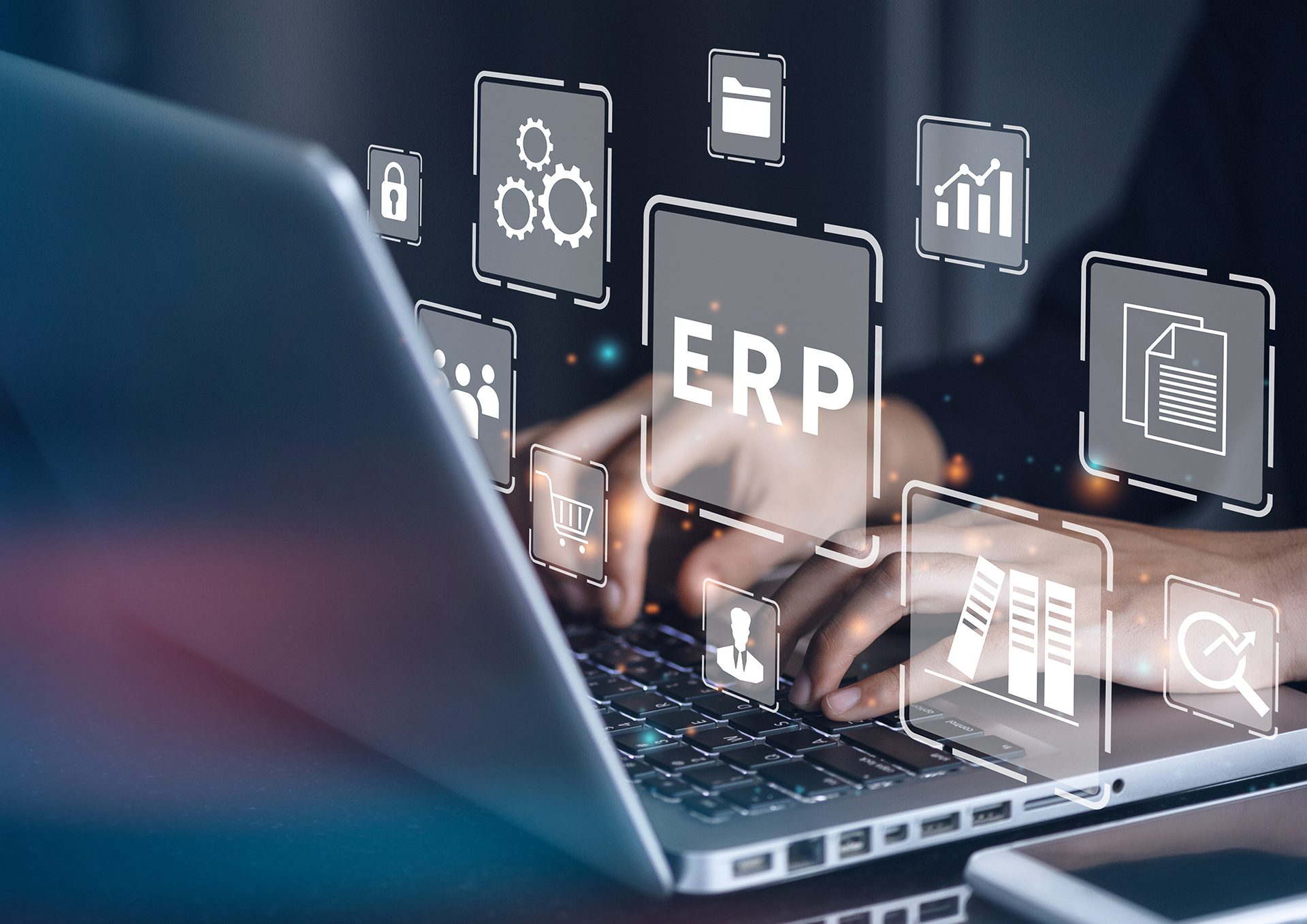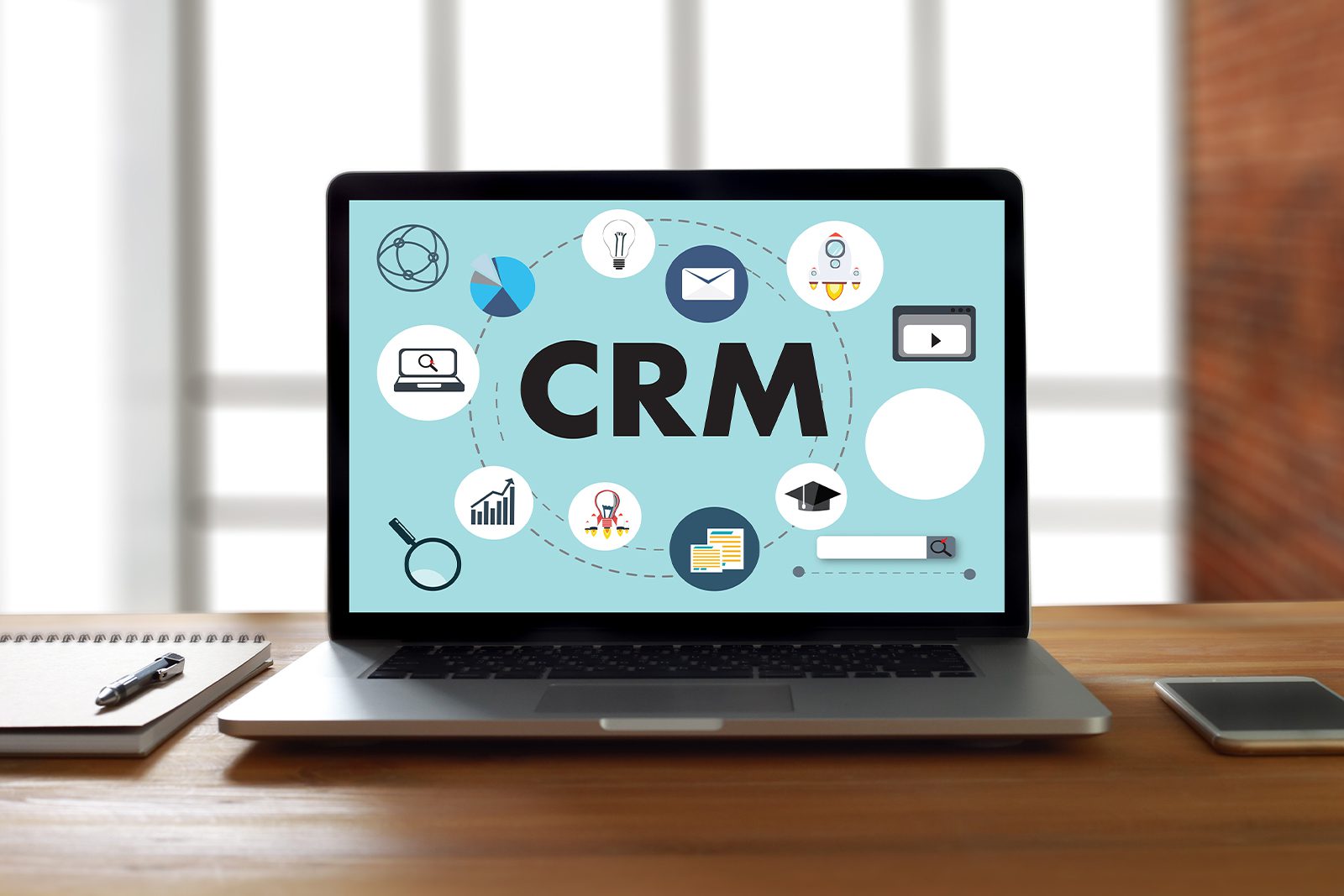Share
Read also

Trends & Views
Digital transformation trends for 2025

Trends & Views
CRM trends for 2025

Trends & Views
ERP trends for 2025

Trends & Views
Digital Delivery Note: Premiere for businesses
While the cloud may offer flexibility and scalability, not all businesses are yet hurrying to make that transition. Especially SMBs continue to use on-premise CRM and ERP solutions, simply because they do not know how to proceed with this change. So, let’s take a look at some useful Dos and Don’ts.
Do: Communicate – Keep your people in the loop
Any significant change, such as changes pertaining to business software, requires effective communication with your executives and employees. In that sense, a smooth transition to the cloud requires continuous updates (for those directly involved with the new system, in the first place), so that the transition process becomes easier for everybody, and support for the upcoming change is facilitated. By getting more people involved in the transition to the cloud, you ensure greater participation, and by keeping your employees updated (even those that are not directly involved in the process) on changes and specific practical issues that may come up, you can prevent potential disappointment and resistance that often comes with big changes.
Don’t: Just move from one system to the other…
The transition from an on-premise to a cloud-based system often requires much more than a simple transfer. Cloud-based solutions provide a wide range of services that may be both exciting and challenging for new users. If you want to take advantage of the provided features, you should develop a management plan even before the transition begins. As is the case with everything else, you need to carefully consider your business processes, and decide which practices require continuous support and which may need to be adjusted, before you can find the right tools.
Do: Gain a new perspective
The transition from an on-premise to a cloud-based ERP system is not just a process; it has more to do with adopting a new way of thinking that will enable you to transact your business operations in a much more efficient way than before. So, if you want to take full advantage of the possibilities that a cloud-based solution has to offer, you’ll need to reconsider your approach and your methods. On the other hand, while the cloud provides increased automation, you will still need to perform certain tasks manually, in order to benefit from the provided features. So, examine your processes thoroughly and determine the practices that will benefit most from automation, or develop new practices that you can automate for greater efficiency.
Don’t: Overlook security
The same applies for the implementation of your security strategy. Even though cloud-based solutions are safer than on-premise systems, you still need a comprehensive strategy. Use cloud-specific tools (and not the ones you used for your on-premise system) to ensure that your sensitive data will remain protected from hackers.







